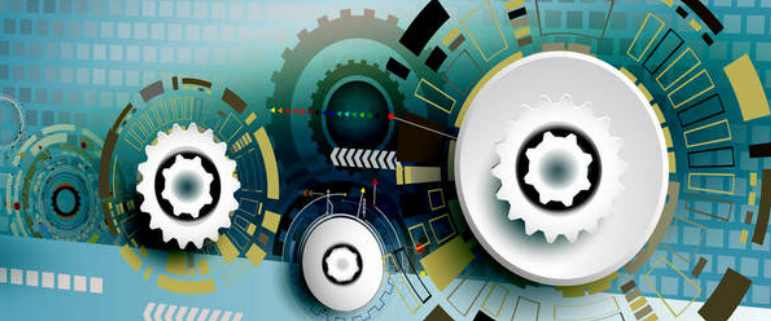
The main factor that determines the quality and positioning of a board is the surface treatment process. Such as osp spray tin, gold plating, sinking gold. Relatively speaking, gold is facing high-end boards. Gold due to good quality, relative to the cost is relatively high. So many customers choose the most commonly used tin spray process. Spray tin is divided into lead spray tin (i.e. hot air flat) and lead-free spray tin. Below you can see the difference between the various processes;
Do circuit board for a long time, always encounter all kinds of problems, such as some end users require to do lead-free sample, get the hand welding processing debugging, manual welding always feel no lead is easy to tin. At this point, it's not quite sure whether it's the circuit board factory or the welding itself.
In fact, when welding the template by hand, it is easier to tin with lead. Lead is much more invasive than unleaded. Because lead increases the activity of tin wire in the welding process. But lead is toxic, and lead-free tin has a high melting point, making soldering points much stronger.
Lead and lead are also discernible visually: leaded tin is brighter, and unleaded tin (SAC) is dimmer.

Precautions for PCB baking
1. The baking temperature shall not exceed the Tg point of PCB, and the general requirement shall not exceed 125℃. In the early days, the Tg point of some PCBS containing lead was relatively low. Now, the Tg of most PCBS without lead is above 150℃.
2, the baked PCB should be used as soon as possible, if not used, should be re-vacuum packaging as soon as possible. If exposed to the workshop for too long, it must be baked again.
3. Remember to install air pumping and drying equipment in the oven, otherwise the steam baked out will be retained in the oven to increase its relative humidity, which is not conducive to PCB dehumidification.
4. From the point of view of quality, the more fresh PCB solder is used after the furnace, the better the quality is. Even if the expired PCB is used after baking, there will still be a certain quality risk.
Suggestions for PCB baking
1, it is recommended to use as long as 105±5℃ temperature to bake PCB, because the boiling point of water is 100℃, as long as it exceeds the boiling point, water will become water vapor. Since PCBS don't contain too many water molecules, they don't need too much heat to increase the speed of vaporization.
If the temperature is too high or the gasification speed is too fast, it is easy to make the water vapor expand quickly, which is not good for the quality, especially for the multilayer board and PCB with buried holes. 105℃ is just above the boiling point of water, and the temperature is not too high, which can dehumidification and reduce the risk of oxidation. And today's ovens have much better temperature control than before.
2. Whether PCB needs to be baked should be seen whether its packaging is damp, that is, to observe whether the Humidity Indicator Card (HIC) in the vacuum packaging has been shown to be damp. If the packaging is good, the humidity indicator card has not been shown to be damp, it can be directly put on the line without baking.
3, PCB baking is recommended to use the "upright" and interval to bake, because this can play the maximum effect of hot air convection, and water is easier to bake out from the PCB. But for large size PCB may have to consider whether the upright type will cause bending deformation problem.
4, PCB baking is recommended to be placed in a dry place and make it fast cooling, it is best to press on the top of the board "anti-bending fixture", because the general object from the high heat state to the process of cooling but easy to absorb water, but rapid cooling and may cause the plate bending, which should achieve a balance.
PCB baking shortcomings and matters to consider
1. Baking will accelerate the oxidation of PCB surface coating, and the higher the temperature of baking for longer, the more unfavorable.
2, it is not recommended to do high temperature baking on the OSP surface treatment board, because the OSP film will degrade or fail due to high temperature. If you have to do baking, it is recommended to use 105±5℃ temperature baking, not more than 2 hours, after baking it is recommended to use up within 24 hours.
3, baking may have an impact on the generation of IMC, especially for HASL(spray tin), ImSn(chemical tin, dipping tin) surface treatment of the board, because its IMC layer (copper tin compound) has been generated early in the PCB stage, that is, before PCB solder has been generated, baking will increase the thickness of this layer has been generated IMC, Creates trust issues.









